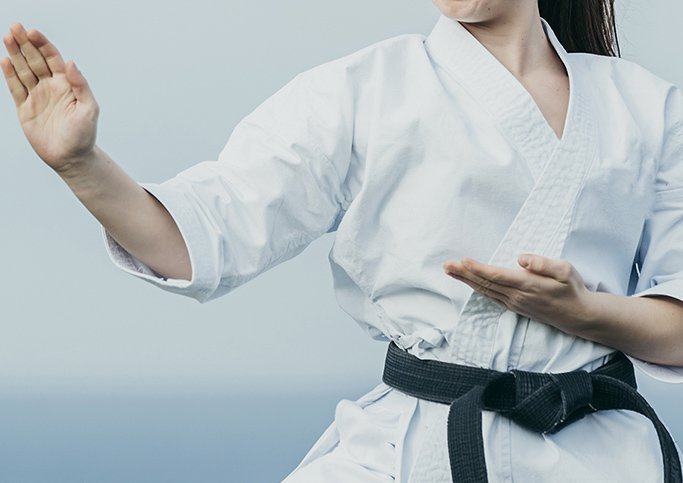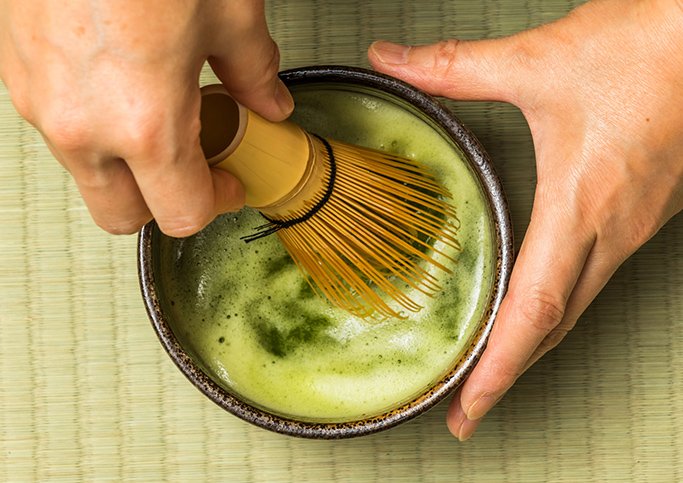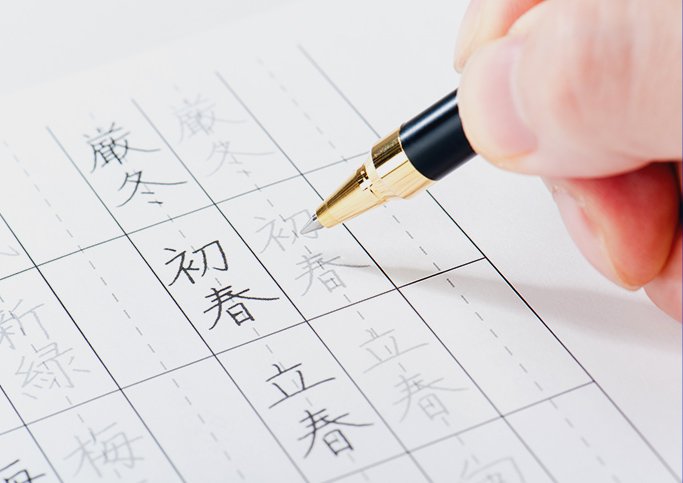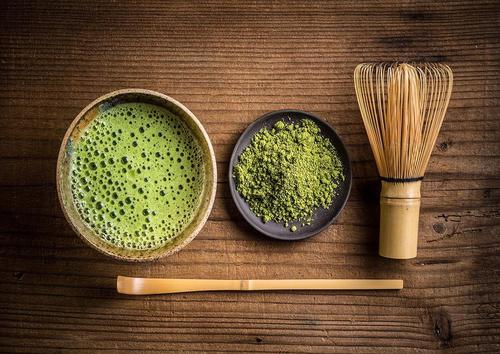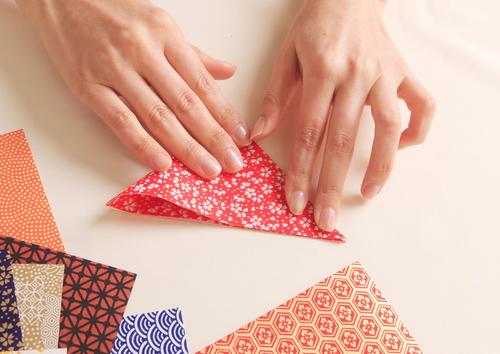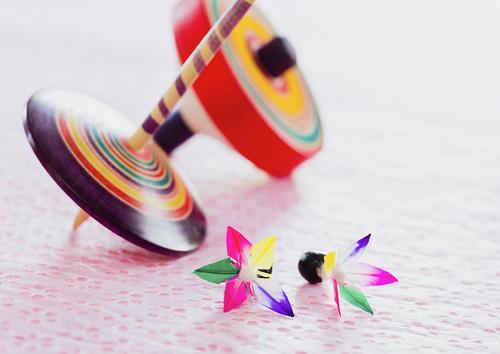
play
Toys such as beanbags, ohajiki, and kendama have long been popular in Japanese culture. Are these toys unique to Japan? There are many things that seem to know but do not know if there is similar play overseas.
Here, we explain in an easy-to-understand manner the origins and origins of traditional toys in Japanese culture.
Origin and trivia of traditional Japanese toys
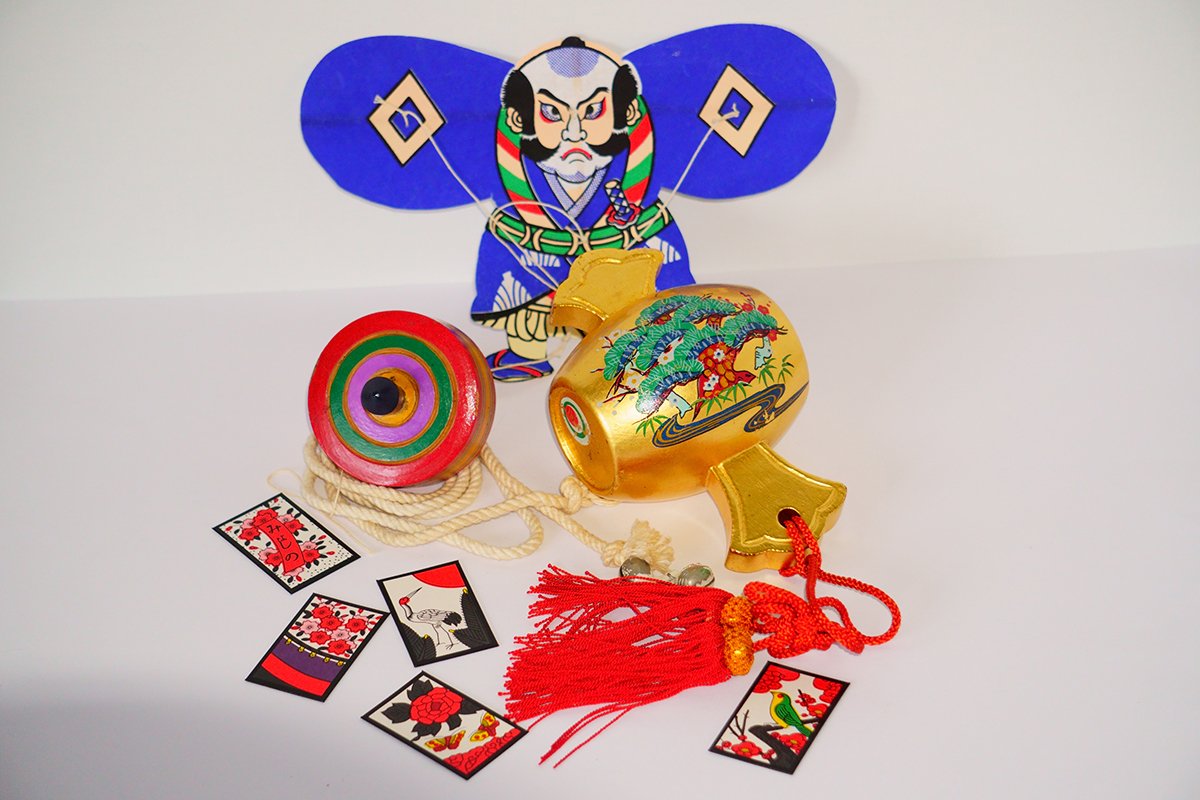
Regarding toys that have been played in Japan for a long time, this time we picked up five toys, "Koma", "Otedama", "Ohajiki", "Kendama", and "Hagoita", and their origins and history. I will introduce.
The oldest toy in Japan is "top"
It is not clear at this time when, where, and how Dokuraku was invented. Toys similar to tops have been excavated not only in Japan but all over the world, and the oldest tops in the world are said to be wooden cone-shaped tops excavated from Egypt around 2000-1400 BC.
The oldest top in Japan has been confirmed to have been excavated from "Buchi sesame", which is said to date from the 6th century. Buchi sesame is a mechanism that hits a top with a whip and turns it to play. Conical wooden tops have also been excavated from the Fujiwara Palace Ruins and Heijokyo Ruins in Nara Prefecture, and are presumed to have been used around the 7th to 10th centuries.
There are various types of tops, such as "twisting tops" that are twisted and turned with fingers, "throwing tops" that are wound and turned with strings, and "pincushion tops". As a simple toy that "turns and plays" in Japan and around the world. Has been loved for a long time.
"Otedama" was also played by Prince Shotoku! ??
The origin of beanbags is said to have been invented by the Lydians in what is now Turkey, around the 5th century BC. The Anatolian Civilization Museum in Ankara, Turkey, also displays reliefs that show how ancient Lydians play with bone beanbags.
There is a theory that beanbags were introduced to Japan about 1300 years ago, when they came from China around the Nara period, but Prince Shotoku (Prince Shotoku), a politician of the Asuka period, also played with beanbags. It is said that it was there, and there are various theories.
The beanbag that Prince Shotoku is said to have used is a small crystal cube-shaped beanbag called "Ishinatoridama", which is in the collection of the Tokyo National Museum.
It seems that the type of azuki beans wrapped in Japanese-patterned crepe material, which is often imagined as a beanbag, began to be made around the Edo period and spread to the general public.
[If you read the article, may you know the meaning of this KARUTA? ]
The origin of "Ohajiki" is from China
Like beanbags, Ohajiki is a toy that has been handed down from China to Japan. It is said that the marbles came to Japan around the Nara period.
From the beginning when the marbles were transmitted, it seems that there was a rule that you could flip them with your fingers and hit them against other marbles to get what you hit. It seems that pebbles and shells were used in the old days, and it was enjoyed mainly by men and women as aristocratic play in the palace. In the Edo period, marbles became widely known among the general public as toys for girls to play quietly in the house. In addition, it is said that the current marble-shaped marbles began to spread after the Meiji era.
There are many unique terms such as "shikiri", "elbow", and "mawashi" in the marbles, and it is a simple but timeless play tool because it requires the ability to control the marbles in addition to power.
The history of Japanese "Kendama" is surprisingly new
The toys known as "Kendama" in Japan have been popular all over the world for a long time. The oldest record of kendama is said to have been written by King Henry III in France in the 16th century.
Kendama is called "bilboquet" in French, and a stick-shaped kendama made from Japanese kendama was used. As the name suggests, kendama, which is called "cup and ball" in English, has a cup-shaped part instead of a stick, and it is shaped like playing with only the left and right parts of Japanese kendama. It seems that the kendama that was just introduced to Japan had a shape similar to this cup and ball.
The kendama that is familiar to us today, with a stick and plates on the left and right, is called the "Sun Moon Ball" and is said to have been invented in Hiroshima Prefecture during the Taisho era.
Compared to beanbags, ohajiki, and tops, kendama played in the world is relatively new in its appearance, and the form of kendama currently used in Japan has become widespread since the beginning of modern times. Kendama is like a traditional toy, and you can see that it is actually new.
[Do you care about Japan? Would you like to learn Japanese together? ]
"With wings (hagoita)" was a talisman ritual! ??
It is said that "Hanetsuki", which is often played during the New Year in Japan, is derived from the play called "Giccho" from the Nara period to the Heian period. A cane is a play that wins when you hit the cane with a cane with something like a mallet and drop it on the opponent's position, and it can be said that the way of playing is also the prototype with wings now.
It is said that the origin of the feathered coins is also due to the play of kicking the feathered coins that was played in China. At the beginning of feathering, the battledore used for feathering was called "Kokiita", and the one with feathers on the nuts was called "Kokiko", and among the upper classes, it was feathered. It seems that the game was also held.
The name "Koki" in Kokiban and Kokiko means "dragonfly" in old Chinese, and since dragonflies eat pests and mosquitoes, they are considered to be grateful insects that protect people from illness. It was.
From these facts, it is thought that the feathers had a meaning like a ritual to pray for a disease-free life.
Summary
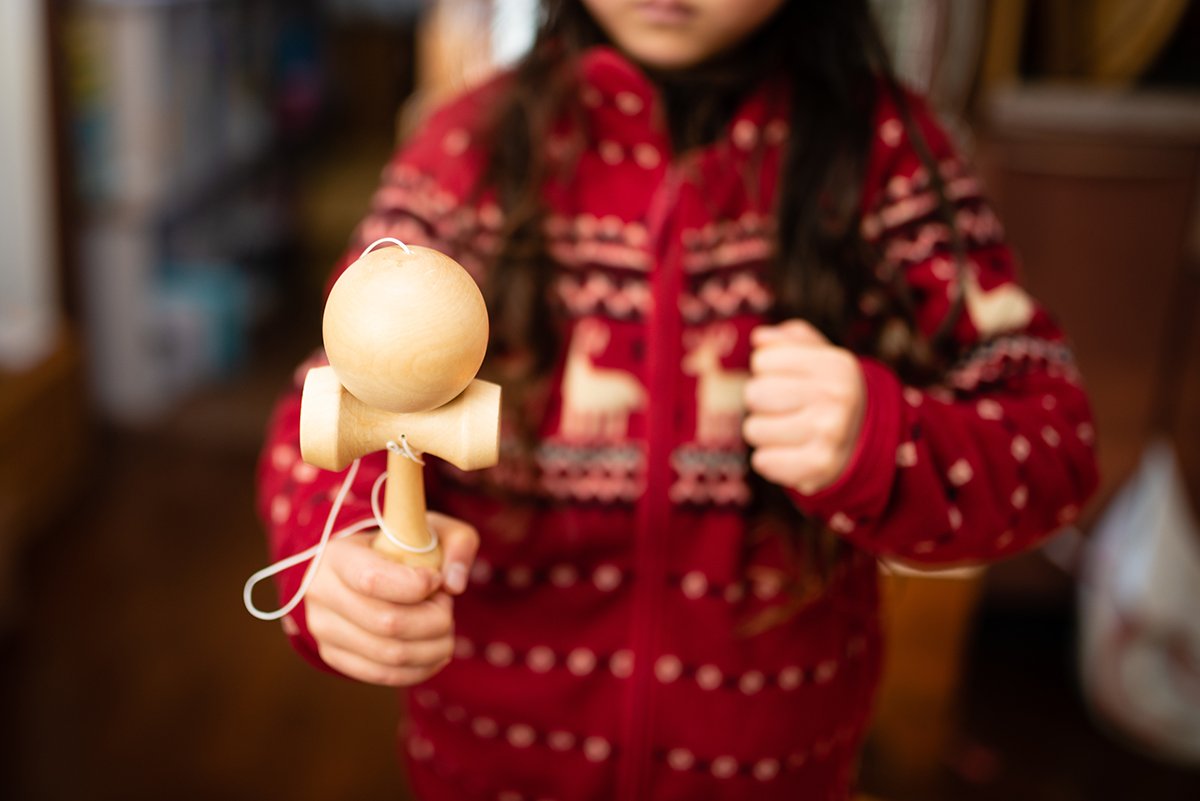
You can see that some of the toys that have long been known as traditional toys in Japan have been played for a long time in the world, and some have become popular since the modern era. The history of what traveled from Europe to China through the Silk Road and passed on to Japan and achieved its own development is alive in toys such as tops and beanbags. If you understand the history and trivia of these toys and play with them, you will feel a different taste and it will be useful for cross-cultural exchange.
This article is a partial re-edit of the article published in Nihongo Biyori by KARUTA.
Unauthorized reproduction or use of the contents, text, images, illustrations, etc. of this site is strictly prohibited.
CATEGORIES
FEATURED TAGS
RECOMMENDATION
-
 報BUSINESS TERMS
報BUSINESS TERMSWhat is ”Ho-Ren-So”, one of the basic manners when working in Japan?
10/30/2020
-
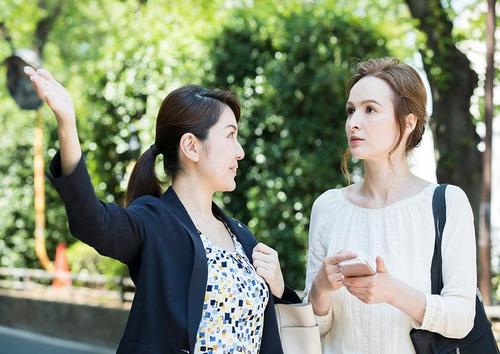 伝WORDS & GRAMMAR
伝WORDS & GRAMMARWhat is easy Japanese?
10/30/2020
-
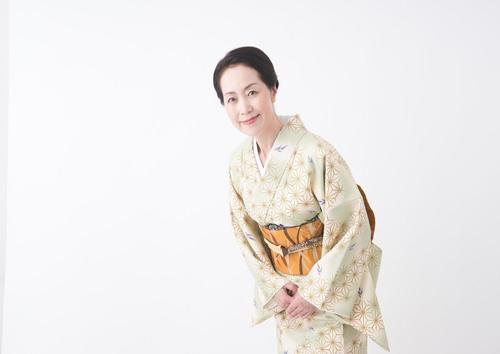 礼MANNERS
礼MANNERSJapanese greeting customs and origins. What are the greetings from other countries?
10/30/2020
-
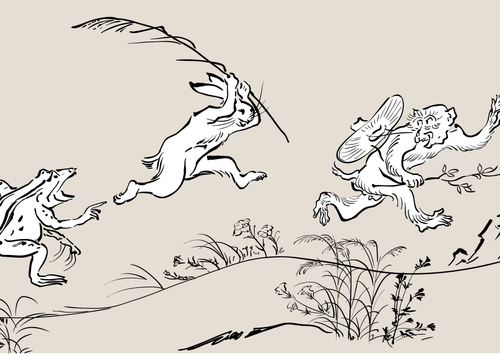 戯COMIC & GAME
戯COMIC & GAMEThe roots of animation and manga? Introducing bird and beast caricatures
10/30/2020
-
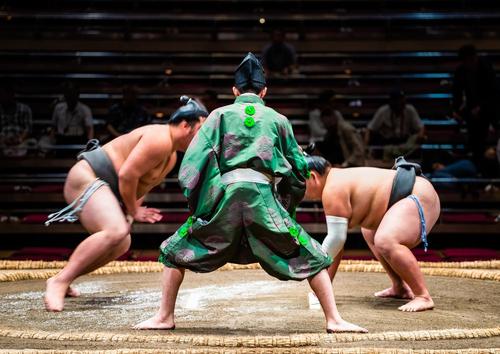 戦SPORTS
戦SPORTSThe history of sumo goes back to the mythical world! ?? Transition from myth to modern times
10/30/2020
LET’S PLAY
KARUTA!
Do you know the meaning of this...
NEXT...
FURTHER EXPLORATION
INTERESTED
IN JAPAN?
WHY DON’T YOU
LEARN JAPANESE WITH US?
START LEARNING
JAPANESE
WITH HUMAN ACADEMY!
ONE OF
THE MOST POPULAR
JAPANESE
LANGUAGE SCHOOLS
JAPANESE
LANGUAGE SCHOOL
OFFERING EXCELLENT
DETAILED LESSONS

ONLINE SCHOOL
- Learn with your classmates from all over the world
- Variety of Courses for All Needs
- FREE Trial Lesson available

TOKYO, OSAKA
- Offer the Best Curriculum for You
- Make New Japanese Learning Friends
- Many Opportunities to Practice Japanese
MAKE FURTHER
STEPS
WITH HUMAN ACADEMY!
ONE OF
THE MOST POPULAR
JAPANESE
LANGUAGE SCHOOLS
JAPANESE
LANGUAGE SCHOOL
PRODUCING MANY
JLPT N1 CERTIFIED
STUDENTS!

ONLINE SCHOOL
- Learn with your classmates from all over the world
- Variety of Courses for All Needs
- FREE Trial Lesson available

TOKYO, OSAKA
- Support Your Higher Goal of Japanese Learning
- Perfect Environment for Japanese Learners
- Learn with Your New Japanese Study Mates




